6 Key Benefits of Digital Marketing

Marketing strategies have evolved tremendously over the past few decades. Businesses are no longer limited to traditional marketing strategies like TV commercials and billboards. With the rise of digital channels, companies now have powerful tools to connect with customers. Digital marketing encompasses a variety of online strategies, such as social media marketing, search engine optimization (SEO), content marketing, and email campaigns, all aimed at boosting brand awareness and driving growth.
Whether you’re a business owner, a member of a chamber of commerce, or an entrepreneur looking to expand, understanding the benefits of digital marketing can help you make informed decisions about your marketing efforts.
Table of Contents
FAQs
What is the main advantage of digital marketing compared to traditional marketing?
The main advantage of digital marketing lies in its ability to deliver precise targeting, offer real-time analytics, and provide unmatched flexibility in campaign management. Traditional marketing strategies, such as print or TV commercials, often cast a wide net with limited targeting capabilities. In contrast, digital marketing allows businesses to tailor their messages to specific audience segments based on demographics, interests, online behavior, and purchase history. This precision increases the relevance of marketing messages and boosts the likelihood of conversion.
How can businesses track the success of digital marketing efforts?
Tracking the success of digital marketing efforts is made possible through various analytics tools that provide comprehensive insights into campaign performance. The most commonly used tools include:
Google Analytics: This tool offers in-depth data on website traffic, including metrics such as user sessions, bounce rates, and average session duration. It helps businesses understand where their traffic comes from (organic search, paid ads, social media, etc.) and how users interact with the website.
Social Media Insights: Social media platforms like Facebook, Instagram, LinkedIn, and Twitter provide built-in analytics that help businesses measure engagement rates, follower growth, impressions, and click-through rates. These insights help gauge how well your content resonates with your audience and identify areas for improvement.
Email Marketing Software: Email platforms like Mailchimp, Constant Contact, and HubSpot offer analytics features that track open rates, click-through rates, bounce rates, and unsubscribe rates. These metrics help businesses refine their email marketing strategy, making understanding what type of content engages subscribers easier.
Conversion Tracking: Digital marketing tools often include conversion tracking features that help businesses measure specific actions taken by users, such as completing a purchase, signing up for a newsletter, or filling out a contact form. This information is vital for assessing the effectiveness of your campaigns and identifying which strategies drive the most conversions.
By using these analytics tools, businesses can gain valuable insights into user behavior, campaign performance, and overall ROI, enabling them to make data-driven decisions and optimize their marketing efforts.
Why is digital marketing considered cost-effective?
Digital marketing is considered cost-effective because it allows businesses to control their spending, precisely target specific audiences, and measure the impact of their campaigns with high accuracy. Unlike traditional marketing, which often requires significant upfront investment in print, TV, or radio ads, digital marketing can be scaled to fit almost any budget. Businesses can start small and gradually increase their spending as they see positive results.
What role does SEO play in digital marketing?
Search Engine Optimization (SEO) is a foundational component of digital marketing that focuses on improving a website’s visibility on search engines like Google, Bing, and Yahoo. SEO involves optimizing website content, structure, and technical elements to increase the chances of ranking higher on search engine results pages (SERPs). Higher rankings typically increase organic traffic, as users are likelier to click on results at the top of the search listings.
What are the most common digital marketing strategies businesses use today?
Digital marketing encompasses strategies to connect businesses with their target audience and achieve specific marketing goals. The most commonly used digital marketing strategies include:
Social Media Marketing: Social media marketing involves using platforms like Facebook, Instagram, LinkedIn, and Twitter to promote products, engage with customers, and build brand awareness. Businesses use social media to share content, run ads, and interact directly with their audience, creating a sense of community and driving customer loyalty.
Email Marketing: Email marketing is a direct communication strategy that sends targeted messages, newsletters, or promotions to a subscriber list. It’s an effective way to nurture leads, keep customers informed, and drive repeat business. Businesses can deliver personalized content that resonates with their audience by segmenting email lists based on customer behavior or preferences.
SEO (Search Engine Optimization): SEO aims to increase organic search visibility by optimizing website content and technical aspects. Effective SEO strategies help businesses appear higher in search engine results, attracting more traffic without needing paid ads.
Paid Advertising (PPC): Pay-per-click advertising, or PPC, involves running paid ads on platforms like Google Ads, Facebook Ads, and Instagram Ads. Businesses only pay when users click on their ads, making it a cost-effective way to drive traffic and generate leads quickly.
Video Marketing: Video marketing has gained popularity due to its engaging nature. Businesses use video content to showcase products, share customer testimonials, and provide educational information. Platforms like YouTube and TikTok have become integral to video marketing strategies, helping businesses reach broader audiences and boost engagement.
These digital marketing strategies can be used individually or in combination to create a comprehensive marketing plan that aligns with business objectives and targets the right audience.
What Is Digital Marketing?
Definition of Digital Marketing
Digital marketing promotes products, brands, or services using digital channels such as search engines, social media platforms, email, and websites. It uses digital marketing strategies to reach and engage with the target audience, build brand awareness, and drive website traffic and sales. Digital marketing encompasses various techniques, including search engine optimization (SEO), pay-per-click (PPC) advertising, social media marketing, content marketing, email marketing, and more.
In essence, digital marketing leverages the power of the internet and electronic devices to connect with consumers. Unlike traditional marketing methods, digital marketing allows for more precise targeting and real-time data analysis, enabling businesses to tailor their campaigns to specific audience segments and measure their effectiveness more accurately. Whether through engaging social media posts, informative blog articles, or targeted email campaigns, digital marketing provides a versatile and dynamic approach to reaching potential customers.
1. Cost-Effective Marketing Strategies

Reduced Costs Compared to Traditional Marketing
Traditional marketing strategies, including print ads, TV commercials, and radio spots, can be expensive and may not always provide a good return on investment (ROI). Digital marketing offers a cost-effective alternative that allows businesses to reach a targeted audience without a hefty price tag. Small businesses, startups, and even large corporations can benefit from the affordability of digital marketing campaigns, which can be customized to fit any budget.
Flexibility in Budgeting
One of the biggest pros of digital marketing is its flexibility. Unlike traditional marketing, where costs are often fixed and high, digital marketing campaigns can be adjusted based on performance. Businesses can start with a modest budget and gradually increase their spending as they see positive results. Paid ads on platforms like Google and Facebook offer daily or monthly budget options, making it easy to control costs and avoid overspending.
Data-Driven Budget Optimization
Digital marketing tools provide comprehensive data on campaign performance, allowing businesses to track key metrics such as click-through rates (CTR), conversion rates, and customer engagement. This data helps businesses decide where to allocate their marketing dollars for the best results. For example, if a social media ad campaign performs well, you can increase the budget to capitalize on its success.
Example: Comparing Costs of Traditional vs. Digital Marketing
Consider a company deciding between a newspaper ad and a social media campaign. A full-page newspaper ad might cost thousands of dollars with limited tracking capabilities. In contrast, a targeted Facebook ad could reach the same audience for a fraction of the cost while providing detailed analytics, allowing the company to see how many people viewed, clicked, and interacted with the ad.
Maximizing Return on Investment (ROI)
Digital marketing strategies like search engine marketing (SEM) and email marketing are known for their high ROI. Businesses can easily track the results of their campaigns, making it possible to fine-tune their approach for maximum profitability. The ability to measure results accurately helps companies avoid wasting money on ineffective tactics and focus on what works.
2. Measurable Results with Advanced Analytics
Tracking Campaign Performance in Real Time
One of the main benefits of digital marketing is the ability to measure your results with precision, a capability that traditional marketing strategies lack. Traditional marketing often leaves businesses in the dark about the impact of their campaigns. Digital marketing platforms like Google Analytics, Facebook Insights, and email marketing software provide real-time data on user interactions, helping you understand what’s working and what needs improvement.
Analyzing Key Performance Indicators (KPIs)
Digital marketers rely on various key performance indicators (KPIs) to assess the success of their campaigns. These metrics include website traffic, conversion rates, bounce rates, and social media engagement. By monitoring these indicators, businesses can identify trends, track customer behavior, and make data-driven adjustments to their strategy.
Conversion Tracking for Better Insights
Conversion tracking is an essential part of any effective digital marketing strategy. It involves measuring user actions, such as completing a purchase, signing up for a newsletter, or filling out a contact form. By understanding your conversion rates, you can pinpoint which aspects of your marketing efforts are leading to sales and optimize accordingly.
The Role of A/B Testing
A/B testing, also known as split testing, is a digital marketing technique that involves comparing two versions of an ad, email, or landing page to determine which performs better. This method allows businesses to experiment with different elements, such as headlines, images, and calls to action, to see what resonates most with their audience.
Example of Data-Driven Marketing
A clothing retailer noticed low engagement rates on their email campaigns. By analyzing the data, they found that customers responded better to personalized subject lines. After implementing personalized email marketing tactics, they saw a 30% increase in open rates and a significant boost in sales.
3. Targeted Audience Reach

Precision Targeting for Better Results
One of the greatest advantages of digital marketing is its ability to reach a targeted audience. Unlike traditional marketing, which often casts a wide net, digital marketing tools allow businesses to segment their audience based on demographics, interests, and online behavior. This precise targeting ensures that your message reaches the people most likely to be interested in your products or services.
Audience Segmentation
Audience segmentation is the process of dividing your customer base into smaller groups based on shared characteristics. Digital marketing platforms like Facebook Ads Manager and Google Ads offer advanced targeting options, allowing businesses to segment their audience by age, gender, location, interests, and purchase history. This approach leads to more effective marketing campaigns and higher conversion rates.
Retargeting for Increased Conversions
Retargeting, also known as remarketing, is a powerful digital marketing tactic that involves showing ads to users who have previously visited your website or interacted with your brand online. This strategy keeps your business at the forefront of your mind and encourages users to return and complete a purchase.
Example of Effective Targeting
A travel agency used Google Ads to target users searching for vacation packages. By refining their keywords and focusing on specific destinations, they were able to attract a highly engaged audience. The campaign resulted in a 40% increase in bookings within the first month.
Maximizing Reach Through Social Media Marketing
Social media platforms like Facebook, Instagram, LinkedIn, and Twitter offer extensive targeting options that allow businesses to reach specific user groups. For instance, a B2B company might use LinkedIn Ads to target professionals in specific industries. In contrast, a fashion brand might use Instagram Ads to reach young women interested in the latest trends.
4. Enhanced Customer Engagement Across Multiple Channels

Maximizing Interaction Across Digital Platforms
Customer engagement is the backbone of any successful digital marketing strategy. Unlike traditional marketing, which often lacks direct interaction, digital marketing provides numerous opportunities for businesses to engage with their customers. By using social media platforms, email marketing, and content marketing, businesses can create a dialogue with their audience, building trust and loyalty.
The Role of Social Media in Building Engagement
Social media marketing is a powerful tool for enhancing customer engagement. Platforms like Facebook, Instagram, LinkedIn, and Twitter offer businesses the chance to interact directly with their audience, answer questions, and respond to feedback. This two-way communication fosters a sense of community and helps companies to build stronger customer relationships.
Email Marketing as a Direct Communication Channel
Email marketing remains one of the most effective digital marketing tactics for customer engagement. Personalized email campaigns can deliver targeted content, offers, and updates directly to your audience’s inbox, making it an ideal channel for nurturing relationships. By using segmentation and automation, businesses can tailor their messages to match different customer groups’ specific needs and interests, leading to higher engagement rates.
Content Marketing for Customer Retention
Content marketing, which includes blog posts, videos, infographics, and more, plays a large role in keeping customers engaged. By providing valuable and informative content, businesses can establish themselves as a reliable source of information, encouraging customers to return for updates. This ongoing engagement helps build brand loyalty and increases the likelihood of repeat business.
Boosting Engagement with Multi-Channel Marketing
A multi-channel marketing approach leverages various digital platforms to reach customers wherever they are most active. By maintaining a consistent presence across social media, email, search engines, and other digital channels, businesses can keep their audience engaged throughout the entire customer journey. This approach enhances visibility and provides multiple touchpoints for customers to interact with the brand.
5. Global Reach and Enhanced Brand Visibility

Expanding Beyond Local Markets
One of the most significant benefits of digital marketing is its ability to reach a global audience. Unlike traditional marketing, which is often limited by geographical constraints, digital channels allow businesses to connect with potential customers across different regions and countries. This expanded reach allows businesses to tap into new markets and grow their customer base.
Increasing Brand Awareness with SEO and Content Marketing
Search engine optimization (SEO) and content marketing are key components of a successful digital marketing strategy. By optimizing your website and content with relevant keywords, you can improve your visibility on search engine results pages (SERPs), making it easier for potential customers to find your business online. This increased visibility helps boost brand awareness, driving more organic traffic to your website.
Building a Strong Online Presence with Social Media
Social media platforms play a vital role in increasing brand visibility. By consistently posting engaging content and interacting with followers, businesses can build a strong online presence that resonates with their audience. This continuous interaction helps establish brand recognition and fosters a loyal following, contributing to long-term business growth.
Using Paid Advertising for Immediate Visibility
While SEO and organic content are essential for long-term growth, paid advertising can immediately boost brand visibility. Pay-per-click (PPC) advertising, display ads, and social media ads allow businesses to appear at the top of search results or in users’ social media feeds. These paid placements help increase exposure, attract potential customers, and drive more traffic to the website.
Reaching a Broader Audience Through Video Marketing
Video marketing has become integral to digital marketing, offering a dynamic way to connect with audiences. Videos are highly engaging and can effectively convey your brand message, showcase products, or share customer testimonials. Utilizing video content across platforms like YouTube, social media, and your website helps enhance brand visibility and keep your audience engaged.
6. Flexibility and Adaptability with Digital Marketing Tools

Easily Adjust Your Marketing Strategies
One of the standout benefits of digital marketing is its flexibility. Unlike traditional marketing campaigns, which often require a long lead time and substantial financial investment, digital marketing campaigns can be adjusted in real time based on performance data. This adaptability allows businesses to respond quickly to changes in the market, shifting customer preferences, or new trends.
The Power of Marketing Automation
Digital marketing tools offer automation features that streamline repetitive tasks like email scheduling, social media posting, and data analysis. Marketing automation helps businesses save time, maintain consistency, and focus on more strategic activities. By automating these processes, companies can deliver timely and relevant content to their audience, improving overall efficiency and effectiveness.
Refining Strategies Through Continuous Testing
Digital marketing enables businesses to test and refine their strategies continuously. By monitoring key performance indicators (KPIs) such as click-through rates, engagement metrics, and conversion rates, marketers can identify areas for improvement and implement changes quickly. This iterative approach helps businesses optimize their campaigns and maximize results over time.
Responding Quickly to Market Changes
The digital landscape is constantly evolving, and customer preferences can change rapidly. Digital marketing’s flexibility allows businesses to pivot their strategies as needed. Whether it’s updating a social media campaign, revising an email series, or launching a new product promotion, digital marketing channels provide the agility to respond effectively to market shifts.
Integrating Data-Driven Insights for Better Decisions
Data is at the core of digital marketing, providing valuable insights into customer behavior, campaign performance, and market trends. Businesses can make data-driven decisions that enhance their marketing strategies by utilizing analytics tools. These insights help identify what resonates with the target audience, enabling companies to create more personalized and effective marketing efforts.
Embrace the Advantages of Digital Marketing
Digital marketing offers a comprehensive set of tools and strategies to help businesses of all sizes achieve their goals. From cost-effective campaigns and measurable results to targeted audience reach and increased engagement, the benefits of digital marketing are clear. By adopting these strategies, businesses can increase visibility, connect with their customers, and drive sustainable growth.
Whether you want to expand your brand’s reach, improve customer engagement, or boost sales, digital marketing provides the flexibility, precision, and scalability needed to succeed. Now is the time to integrate digital marketing into your overall strategy and start reaping the rewards of online advertising.

5 Applications of AI for Businesses
December 6, 2024
5 AI applications to enhance business efficiency and increase profits. Learn how to implement AI for business and integrate strategies in your operations.

How Digital Marketing Is Cost Effective For Your Business
November 27, 2024
Discover how digital marketing can boost your business success while staying budget-friendly. Learn effective strategies to maximize your ROI. Read more!

6 Key Benefits of Digital Marketing
November 22, 2024
Discover how digital marketing can elevate your business success. Explore the top 6 pros and learn effective strategies to implement today. Read more!

How Do You Nurture Leads?
November 15, 2024
Discover effective strategies to nurture leads and boost conversions. Learn best practices that drive results. Read the article to enhance your approach!

Marketing vs. Advertising: What’s the Difference?
November 8, 2024
Discover the clear differences between marketing and advertising, and learn how each plays a crucial role in business success. Read the article now!

Why Is Lead Generation Important?
November 1, 2024
Discover the importance of lead generation for boosting business growth, building connections, and driving long-term success.

Digital Ads vs Traditional Ads: Which is Right for Your Business?
October 25, 2024
Explore the differences between traditional and digital advertising. Learn which strategy is best for your business, from broad reach to targeted campaigns.
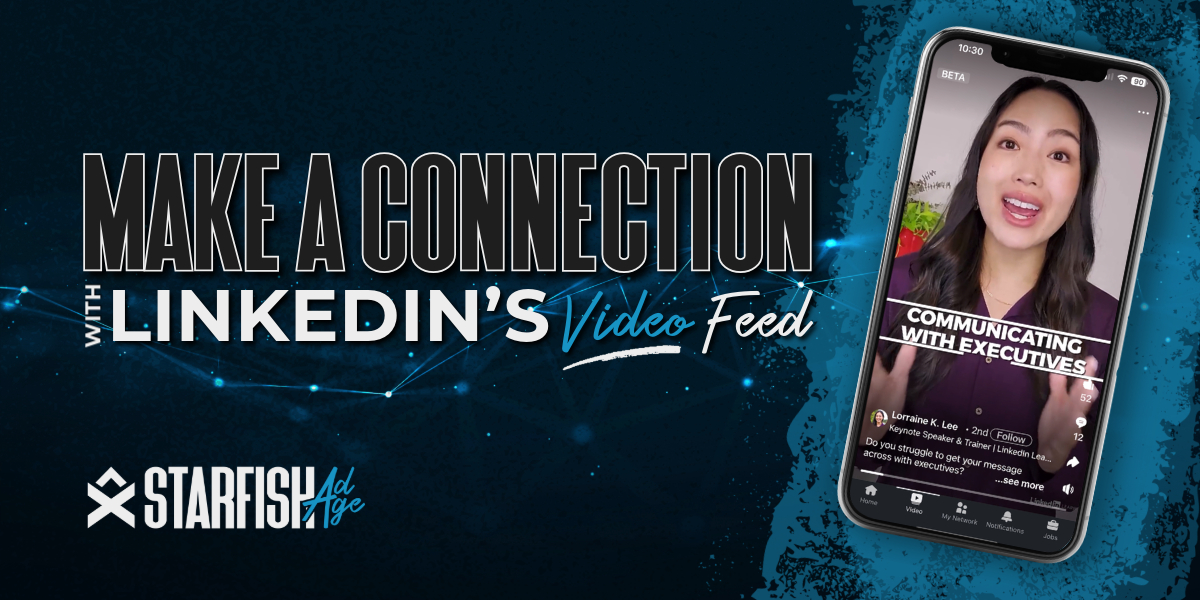
How to Use LinkedIn’s New Video Feed
October 18, 2024
Use LinkedIn’s new video feed to grow your audience. Learn specs, best practices, and tips for creating engaging posts to boost your visibility on LinkedIn.

Key Social Media Legal Battles Impact In 2024
October 11, 2024
How major social media legal battles in 2024, including Supreme Court rulings and the Kids Online Safety Act, are impacting businesses and digital marketing.

10 Brands That Went Extinct Because They Failed To Innovate
October 4, 2024
Discover 10 iconic brands like Blockbuster, Kodak, and Toys “R” Us that went extinct because they failed to innovate.

Gen Z Marketing That’s Breaking The Internet
September 27, 2024
Gen Z Marketing That’s Breaking The Internet: Discover how Gen Z marketers use bold, unpredictable strategies to capture attention.

Top AI-Powered Strategies for Small Business
September 20, 2024
Learn how AI tools improve customer experience, streamline operations, optimize marketing, and reduce operational costs.
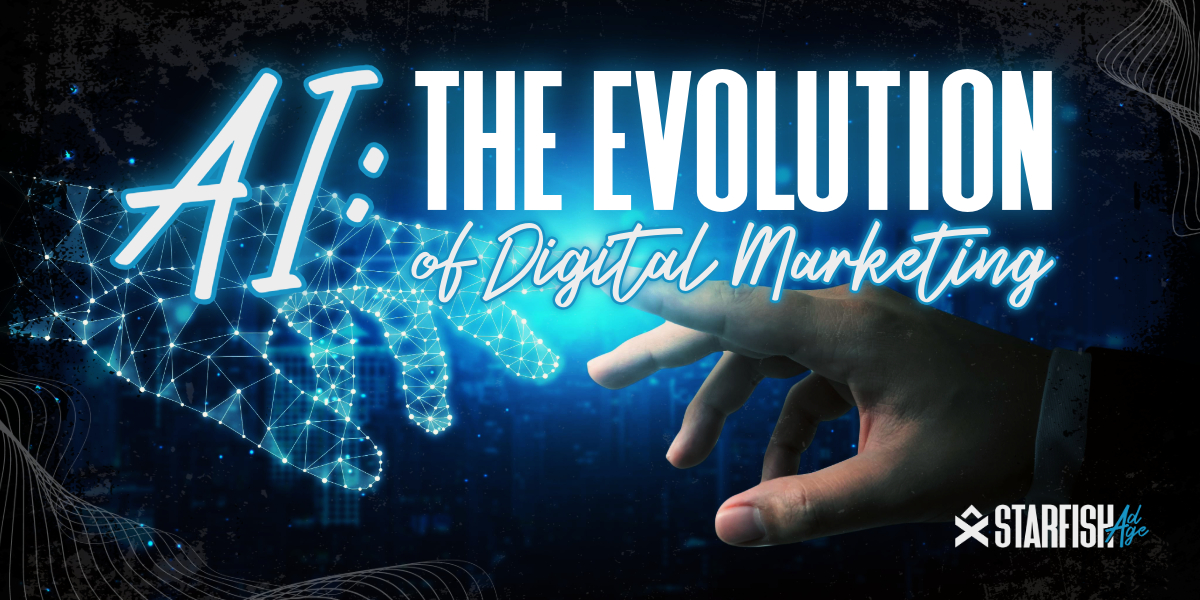
How is AI Transforming Digital Marketing?
September 13, 2024
Discover how AI transforms digital marketing through automation, personalized strategies, and data-driven insights.
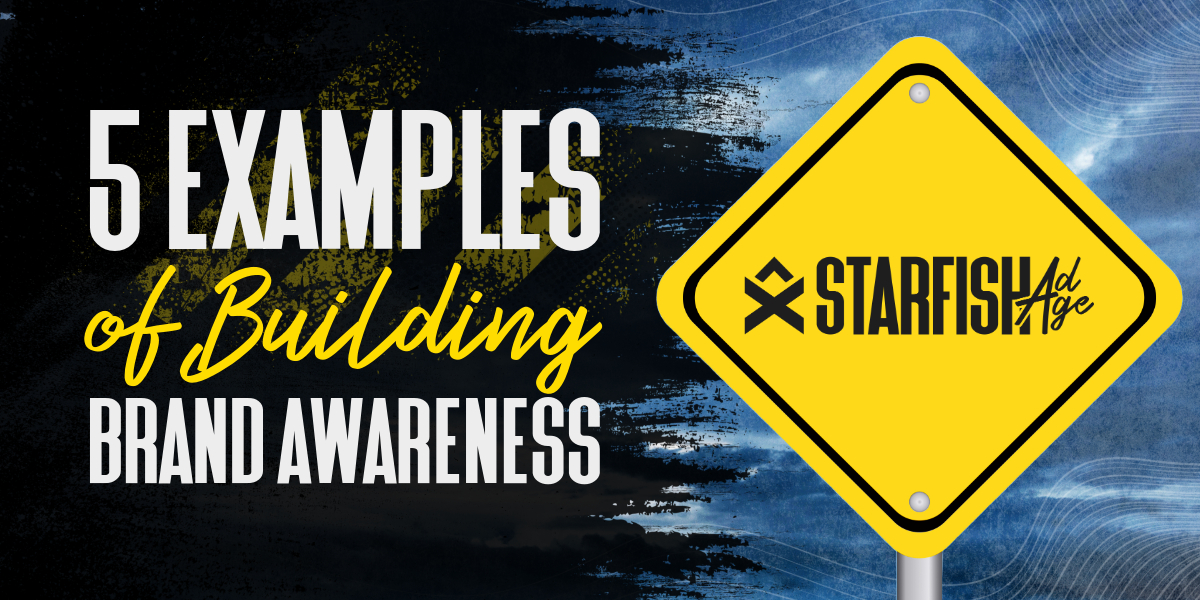
5 Great Examples Of Building Brand Awareness
September 6, 2024
Discover five powerful strategies for building brand awareness, from partnerships and influencer marketing to social media and SEO.

Google’s Ad Tech Monopoly Trial Explained
August 30, 2024
Get the latest insights on Google’s ad tech monopoly trial and how it could reshape digital advertising, competition, and your ad strategies moving forward.

TikTok Legal Battle: Timeline and Impact
August 23, 2024
Follow TikTok’s legal battle against the ban and learn how it could affect creators. Get the facts and understand the potential future of the platform.
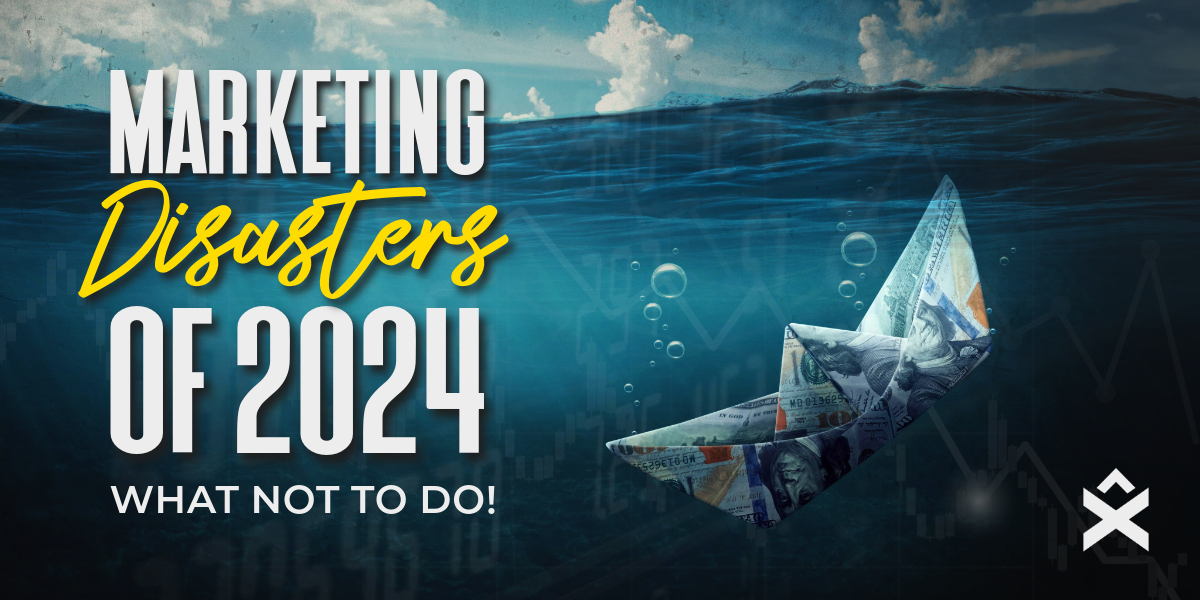
2024’s Biggest Marketing Fails So Far
August 16, 2024
A few of the most significant marketing mistakes we’ve seen in 2024 so far, why they happen, and simple ways to avoid them to keep your campaigns on track.
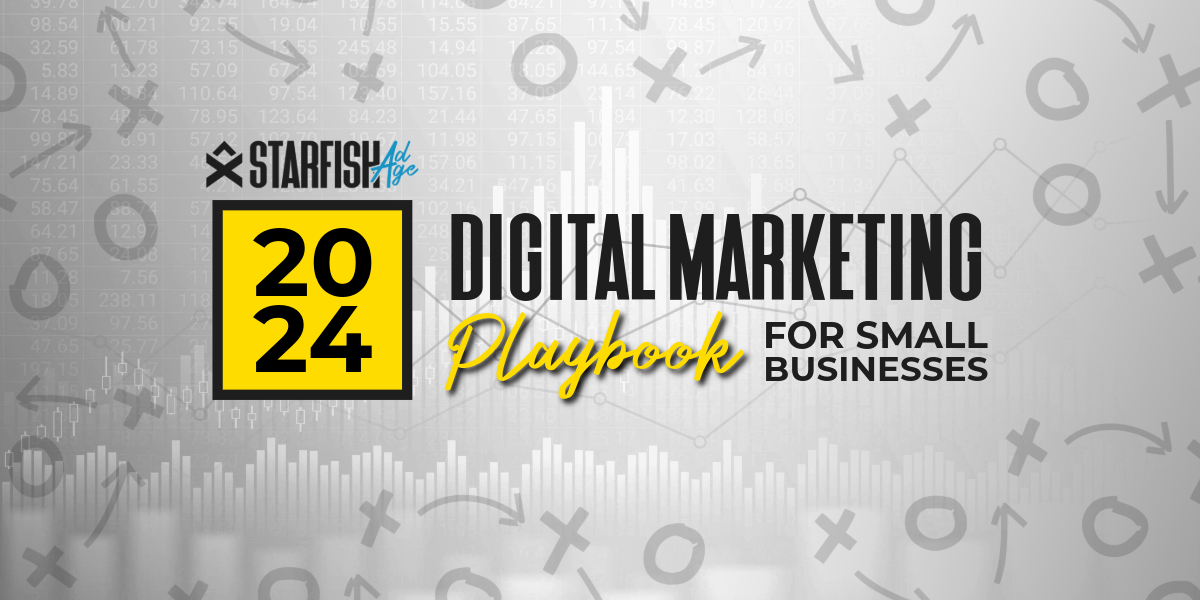
2024 Small Business Digital Marketing Survival Guide
August 9, 2024
Explore key strategies in our 2024 Digital Marketing Guide. Learn to understand your audience, build an online presence, and optimize for business growth.
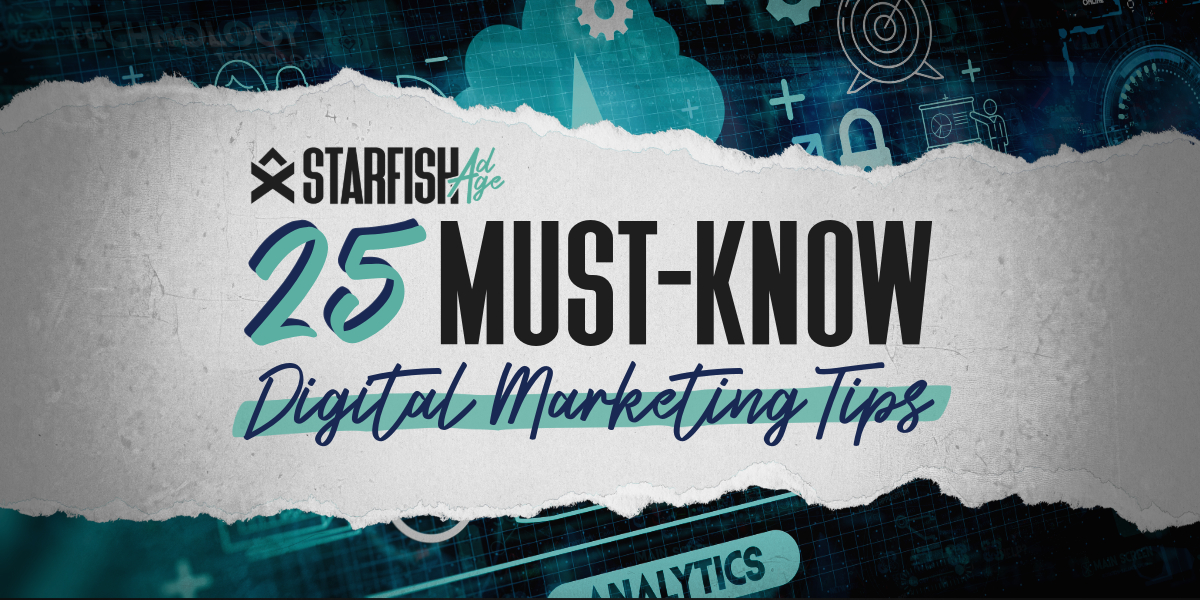
25 Digital Marketing Tips For Small Business
August 2, 2024
Discover 25 essential digital marketing tips for small businesses. Boost your online presence, attract customers, and drive sales with proven strategies.
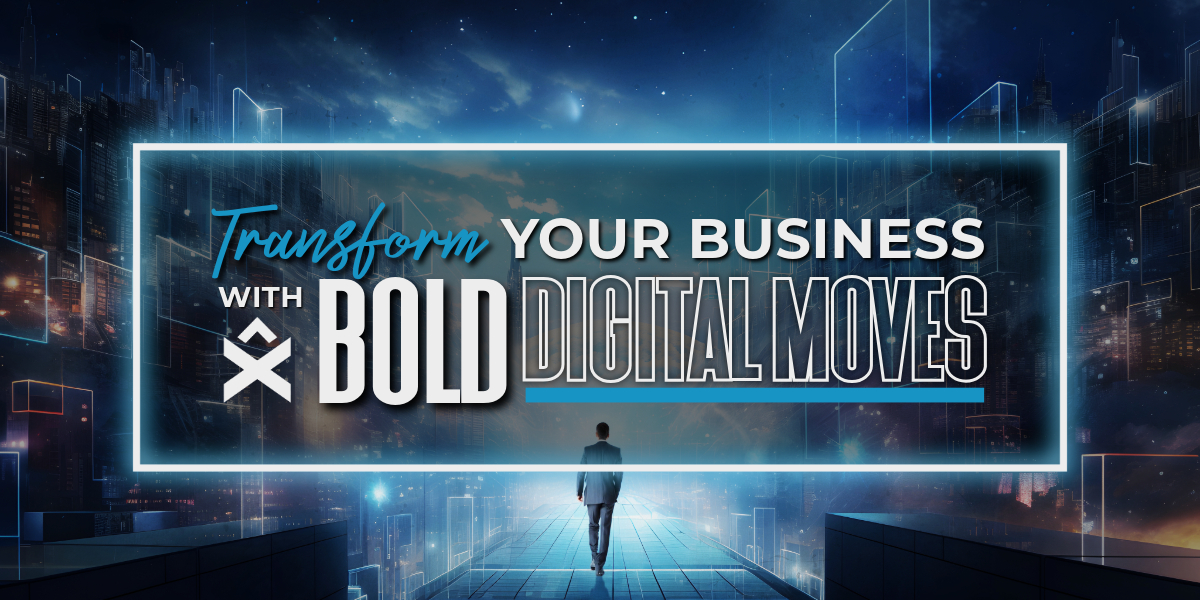
14 Digital Marketing Solutions to Grow Your Business
July 26, 2024
14 Essential Digital Marketing Solutions to Boost Your Business Growth
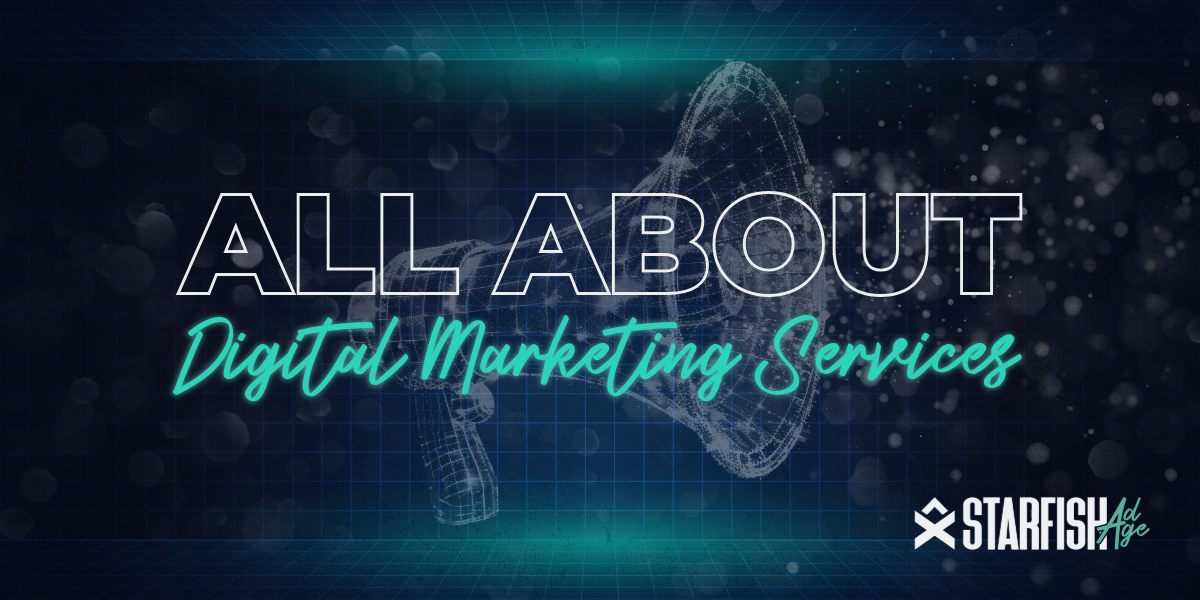
What Are The Different Digital Marketing Services?
July 19, 2024
Learn about SEO, PPC, social media marketing, content marketing, and more to drive traffic and conversions. Read now!
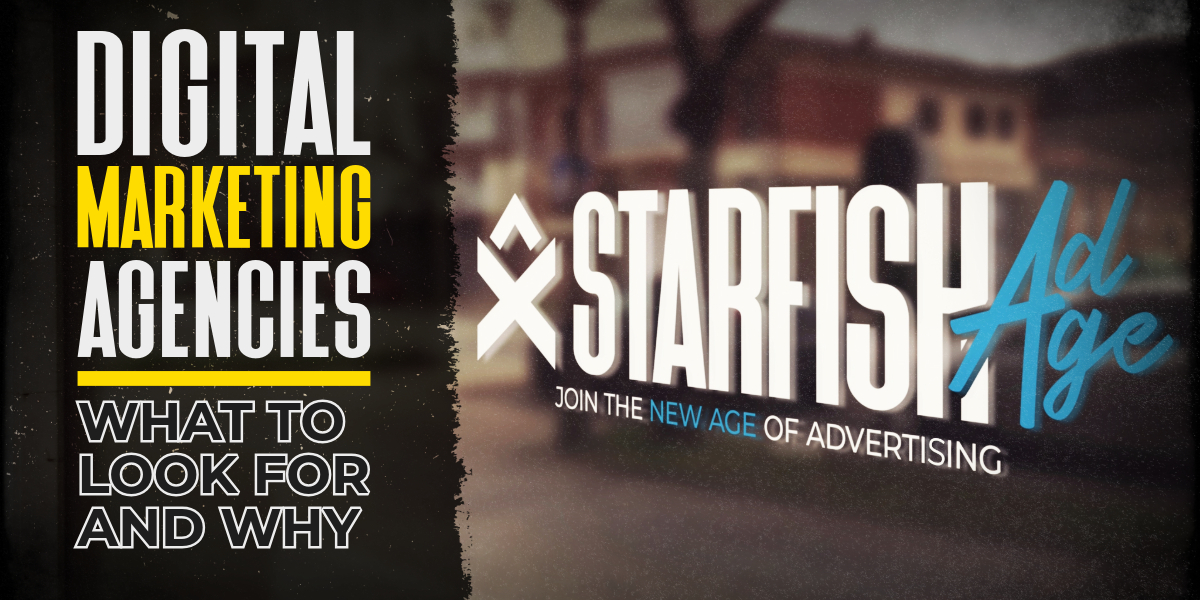
Choosing A Digital Marketing Agency For Your Small Business
July 12, 2024
Learn how to select the best digital marketing agency for your small business, the benefits of hiring an agency, and tips for maximizing your online presence.
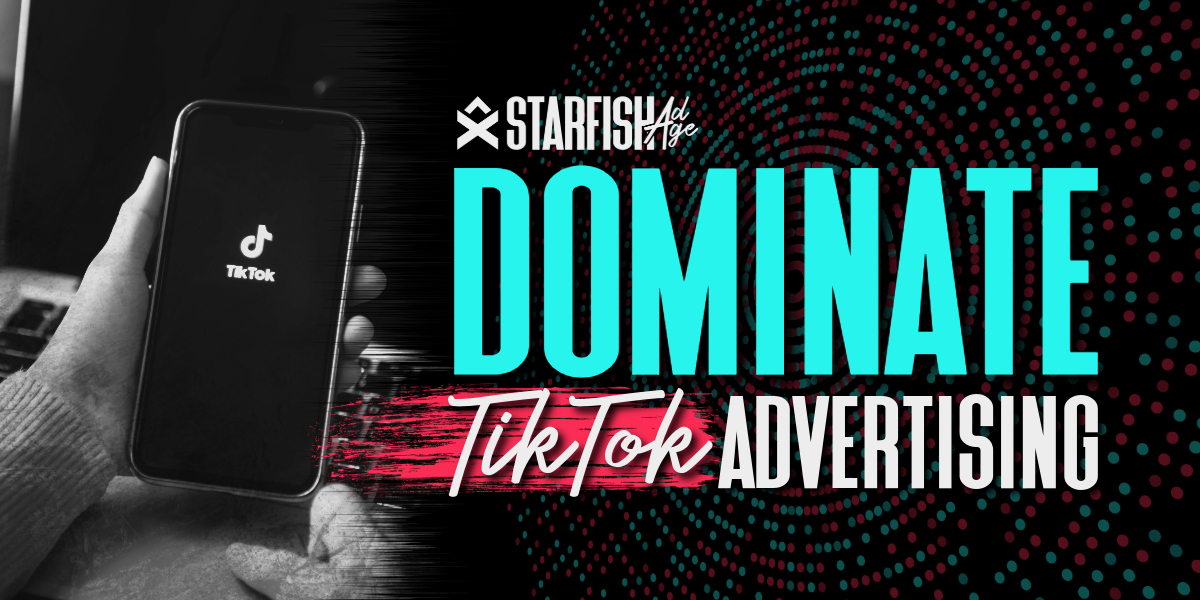
How To Advertise On TikTok
July 5, 2024
Learn how to leverage TikTok advertising, ad formats, targeting options, and best practices to increase brand awareness, and drive sales.

What is CTV Advertising?
June 28, 2024
Learn about Connected TV (CTV) ads, their benefits, and how they work. Understand programmatic CTV advertising for effective digital marketing campaigns.
The post 6 Key Benefits of Digital Marketing first appeared on Starfish Ad Age.

